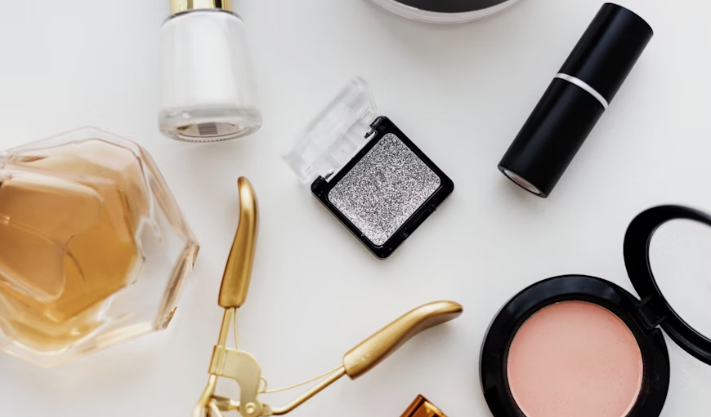
The Rise of Clean Beauty Brands in America
Over the past decade, the American beauty industry has undergone a remarkable transformation. As consumers become more conscious of what they put on their skin, “clean beauty” has emerged as one of the fastest-growing movements in personal care. Defined broadly, clean beauty refers to products made without harmful or questionable ingredients — such as parabens, sulfates, phthalates, and synthetic fragrances — and often emphasizes transparency, sustainability, and ethical sourcing. What began as a niche concept embraced by a small community of eco-conscious shoppers has now evolved into a multi-billion-dollar segment reshaping how Americans think about skincare, cosmetics, and wellness.
One of the primary drivers of this shift is consumer awareness. With the rise of digital media, people now have easier access to information about cosmetic ingredients and their potential effects on health and the environment. Consumers are reading labels more closely and questioning whether traditional beauty products align with their values. Social media influencers, beauty bloggers, and dermatologists have also played a key role in educating audiences about the benefits of clean formulations. This heightened awareness has created a powerful demand for products that are both effective and safe.
Millennials and Gen Z have been at the forefront of this movement. These generations prioritize authenticity and sustainability in the brands they support. They are more likely to choose cruelty-free, vegan, and eco-friendly products, even if they come at a higher price. This shift in consumer preference has encouraged both indie startups and established beauty giants to reformulate their products and rethink their branding strategies. Companies such as Beautycounter, Ilia, and True Botanicals have become leaders in the clean beauty space by promoting ingredient transparency and sustainable packaging.
Meanwhile, major retailers have taken notice. Sephora, Ulta, and Target have launched dedicated sections for clean beauty, complete with strict ingredient standards and product labeling to help consumers make informed choices. Online platforms like Credo Beauty and The Detox Market have built their entire business models around curating clean and ethically sourced brands. These initiatives have made clean beauty more accessible than ever, transforming it from a niche market into a mainstream expectation.
However, the clean beauty industry is not without controversy. Critics argue that the term “clean” is not regulated, leading to inconsistencies and potential “greenwashing” — when brands market themselves as safer or more sustainable than they truly are. The U.S. Food and Drug Administration (FDA) has limited oversight over cosmetic ingredients, leaving much of the responsibility to individual companies. As a result, advocacy groups and lawmakers have called for clearer regulations and standardized definitions to ensure consumer protection and trust.
Despite these challenges, the clean beauty movement shows no signs of slowing down. It reflects a broader cultural shift toward wellness, transparency, and sustainability — values that are redefining not just beauty, but consumer behavior as a whole. As more brands embrace responsible practices and consumers continue to demand better products, clean beauty is poised to become not just a trend, but the future of the American beauty industry.
Also Read:
Some Planets Might Make Their Own Water
How E-Commerce is Changing the US Fashion Industry
Steven Bartlett: Young Visionary Shaping UK Entrepreneurship